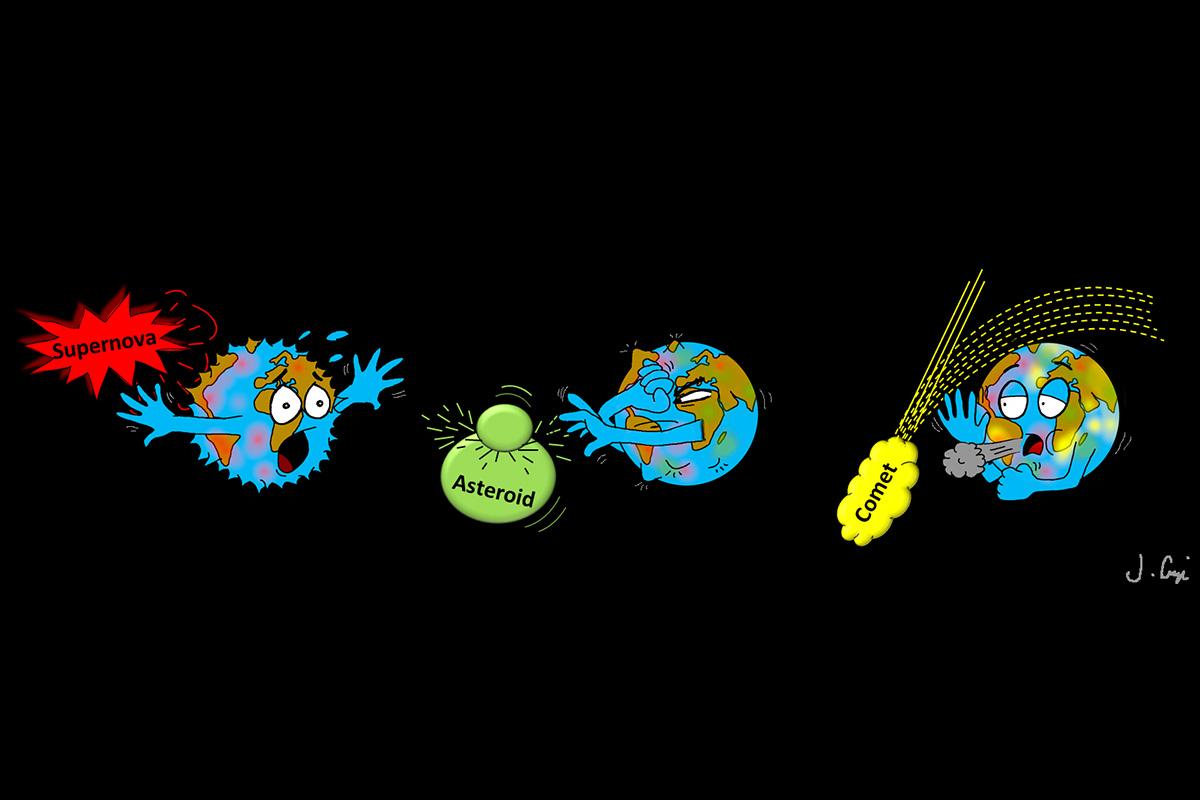The ERC, the most important European funding organization for excellent pioneering research, has announced this year's ERC grant winners. One is the astrophysicist Jenny Feige, who combines geology and astronomy in a unique way in her NoSHADE project at the Museum für Naturkunde Berlin in order to create an unprecedented, consistent picture of the development of the Earth's history in connection with the cosmos. The micrometeorites from the Atacama Desert obtained in this study will expand the meteorite research and collection at the Berlin Natural History Museum and will be able to draw conclusions for the future from a glance into the past.
Throughout its history, our Earth has repeatedly been exposed to cosmic tempers. Stellar explosions in the solar vicinity, as well as asteroid collisions or comet breakup within our solar system eject vast amounts of dust that can make its way to Earth. Such events occasionally had catastrophic effects on the global climate and biological evolution but almost always left their traces on Earth.
The exciting interdisciplinary project NoSHADE (Novel perspectives on our Solar System History recorded in the Atacama Desert) will shed light on the central and pressing questions: What was the quantity, timing, location, and type of stellar explosions having occurred in our Solar neighbourhood? Which were the major dust-producing events and processes having taken place in our Solar System? How did they change the climate and biological evolution on Earth and what can we deduce from this research for the future?
"Instead of looking out into space with a telescope, we analyze tiny meteorites and traces of cosmic dust from sediments in the Atacama Desert that date back more than 10 million years," says Jenny Feige, "then we link them to cosmic events". Chemical and mineralogical compositions of the sediments and the micrometeorites are deciphered at the Berlin Natural History Museum using the most modern experimental methods. The minute amounts of cosmic isotopes can only be determined with worldwide unique accelerator mass spectrometry facilities located in Dresden (HZDR), Vienna (University of Vienna, Austria) and Canberra (ANU, Australia). From these cosmic fingerprints from the Atacama Desert, the researchers will create an unprecedented, consistent picture of geological evolution in connection with the cosmos.
